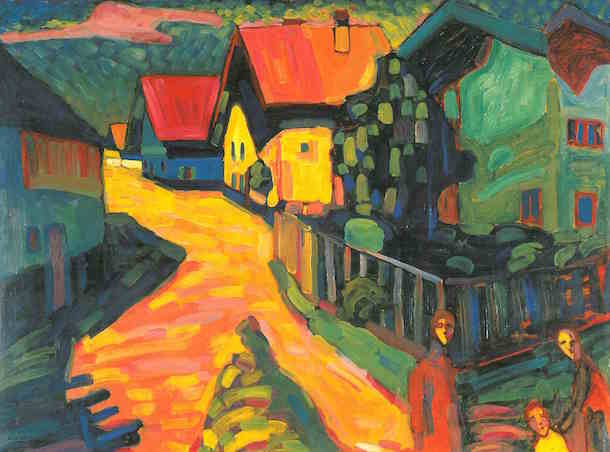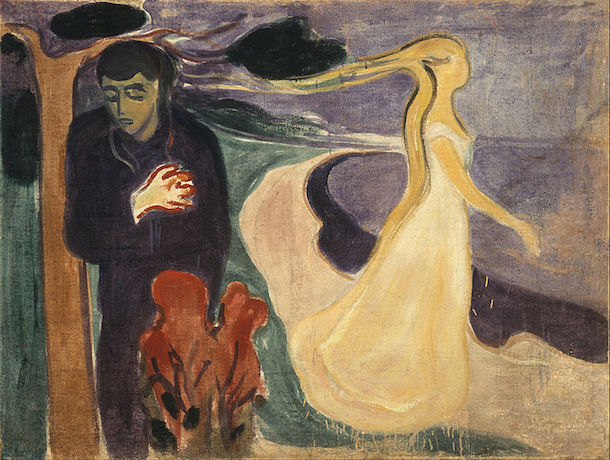Expressionism
"Art is not about beauty, art is an expression."
(Vikram Roy)
Expressionism was an avant-garde movement that developed in Germany at the beginning of the 20th century. As a reaction against Impressionism and academic art, Expressionism refers to art in which the representation of reality is not objective but distorted in order to express the inner feelings of the artist. Expressionist painters wanted to present the world from a subjective perspective and depict the emotional experience that objects and events arouse in them. Browse our curated list of artworks from expressionist painters including Egon Schiele, Ernst Ludwig Kirchner, Edvard Munch and learn more about the movement starting from What is Expressionism?
What is Expressionism?
Expressionism was an avant-garde movement that developed in Germany at the beginning of the 20th century. As a reaction against Impressionism and academic art, Expressionism refers to art in which the representation of reality is not objective but distorted in order to express the inner feelings of the artist. Expressionist painters wanted to present the world from a subjective perspective and depict the emotional experience that objects and events arouse in them.
The term Expressionism was coined by Antonin Matějček, a Czech art historian, in 1910, as the opposite of Impressionism and indicates one of the main currents of art that expresses highly subjective, personal, spontaneous self-expression typical of a wide range of modern artists. Distortion, exaggeration, primitivism, and fantasy are all characteristics of Expressionism.
Expressionism developed in reaction to the industrialization and the growth of cities. The inevitability of world war, the new power of capitalism and the rise of industrialization weighed greatly on the minds of men at the beginning of the century, especially in Germany. Unlike Impressionism, its goals were not to reproduce the impression suggested by the surrounding world, but to strongly impose the artist’s own sensibility to the world’s representation. The expressionist artists substitute to the visual object reality their own image of this object, which they feel as an accurate representation of its real meaning.
As an international movement, Expressionism was influenced by certain medieval art forms as well as by Cézanne, Gauguin, Van Gogh and the Fauvism movement. Matisse and Derain's movement in particular inspired the expressionist artists by encouraging the distortion of form and the deployment of strong colours to convey a variety of anxieties and feelings. The classic phase of the Expressionist movement lasted from approximately 1905 to 1920 and spread throughout Europe. Its principles later inspired the Abstract Expressionism and its influence would be felt throughout the remainder of the century in German art. Discover more about Expressionism in the History of Expressionism, Die Brücke, Der Blaue Reiter and Abstract Expressionism.
Text by Cristina Motta

